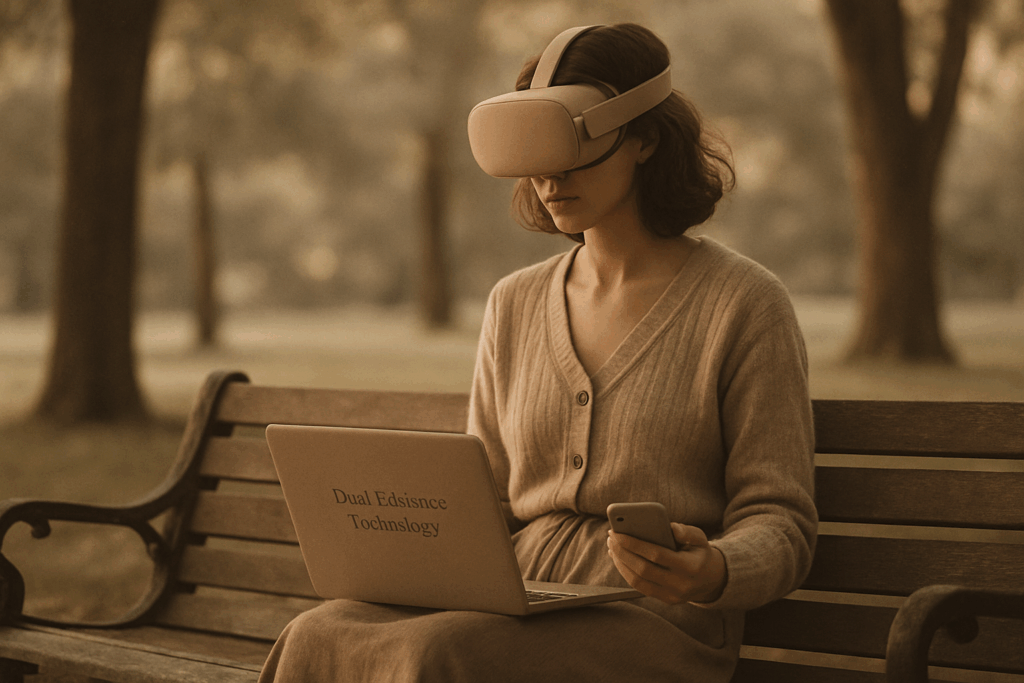What a Digital Twin Really Is
At its core, a digital twin is a real time digital representation of a physical object, process, or system. It’s not just a 3D model it’s a living clone that changes as its physical counterpart changes. Think aircraft engines, factory floors, entire cities. If it exists in the real world and generates data, it can likely have a twin.
That real time mirroring is possible because of sensors, AI, machine learning, and data modeling working together. Sensors gather raw data temperature, pressure, usage patterns, etc. from the physical entity. AI and machine learning process that flood of inputs, detect patterns, and help the digital twin adapt as new data rolls in. Meanwhile, advanced modeling allows the twin to behave predictively, not just reactively.
Now here’s the key distinction: a simulation shows you what might happen. A true digital twin shows you what is happening and what will happen next. Simulations are snapshots. Digital twins are streams. Built for ongoing feedback, they evolve alongside the real world, making them indispensable for monitoring, testing, and even forecasting. It’s the difference between theory and live fire.
Why 2026 Is a Breakout Year

Digital twins have been around for years, but 2026 feels different and it is. The tech stack has finally caught up to the vision. Cloud computing has hit a new level of maturity, offering low latency data handling at scale. Paired with edge processing, systems can now crunch data close to the source without depending on a central server, which means faster insights, lower bandwidth costs, and minimal lag.
What used to cost millions to implement now fits into mid size enterprise budgets. Off the shelf IoT sensors are cheaper and smarter, and cloud services offer pay as you go models. That cost drop is unlocking access for industries that previously sat on the sidelines.
The real driver, though, is integration. Devices aren’t just sensing they’re syncing. From factory floors to wearable health monitors, IoT ecosystems are talking to enterprise platforms in real time. This interconnectivity is what makes digital twins fully alive, updating dynamically and delivering forecasts, optimizations, and simulations that were mostly theory five years ago.
For organizations ready to capitalize, 2026 isn’t about waiting for perfect conditions. It’s about recognizing that the gears are already in motion and joining the movement before the gap widens.
Manufacturing & Industrial
In the world of manufacturing, downtime is money lost. Digital twins are turning that equation around. By creating real time digital replicas of machinery and production systems, companies are moving from reactive maintenance to predictive operations. Instead of waiting for equipment to fail, engineers can now see weak spots before they break.
The value goes beyond maintenance. Real time feedback loops are helping factories fine tune workflows on the fly. Adjusting temperatures, recalibrating machines, or rerouting resources all can be tested digitally and applied physically within minutes, not days. The result: leaner processes and fewer surprises on the floor.
Some smart factories are already reporting up to 30% waste reduction. That’s not a theoretical gain it’s real production volume, sharper efficiency, and fewer delays. In an industry where margins are tight, digital twins are becoming less of a luxury and more of a baseline.
Challenges Still on the Radar
Even as digital twins hit their stride across industries, the road ahead isn’t clear of bumps.
First off, data privacy is a major concern. These models rely on non stop data streams from IoT sensors, user behavior, enterprise systems and every byte is a potential vulnerability. Especially in sectors like healthcare and energy, keeping data secure isn’t a nice to have, it’s mission critical. Regulations are still catching up, and until there’s better governance, risk management will fall largely on the shoulders of the organizations deploying these systems.
Then there’s the issue of standardization. Right now, building and operating a digital twin often means juggling multiple vendors, platforms, and proprietary formats. It’s messy. Without a more unified framework to ensure interoperability, scaling remains friction heavy. Developers and CIOs are pushing for open standards, but change is slow.
Finally, fidelity has a price. The more accurate and high resolution the twin, the heavier the hardware, software, and computational lift. Real time modeling of complex systems like a full scale city grid or human body demands serious resources. This can be a barrier to entry for smaller orgs or those outside the tech elite.
Digital twins are advancing fast, but ironing out these core issues will determine how far, and how fast, they truly scale.
Strategic Takeaway
Digital twins have crossed the line from futuristic concept to foundational tool. In 2026, they’re not being tested in research labs they’re being built into core operations. Whether it’s simulating heart surgeries, mapping traffic behavior in megacities, or forecasting power load across renewables, digital twins are now how smart organizations think ahead.
The real shift? Speed and intent. As processing power and edge computing catch up, twins are no longer static models they’re adaptive systems that react in real time. This means you’re not just anticipating problems; you’re fixing them before they happen. Planning, testing, learning, adjusting it’s a constant loop now, and it’s changing the rhythm of how entire industries operate.
More than just about efficiency, leaders are using digital twins to unlock innovation. They’re trialing new service models, prototyping without risk, and customizing experiences at scale. In short: digital twins aren’t the extra layer they’re becoming the blueprint.
